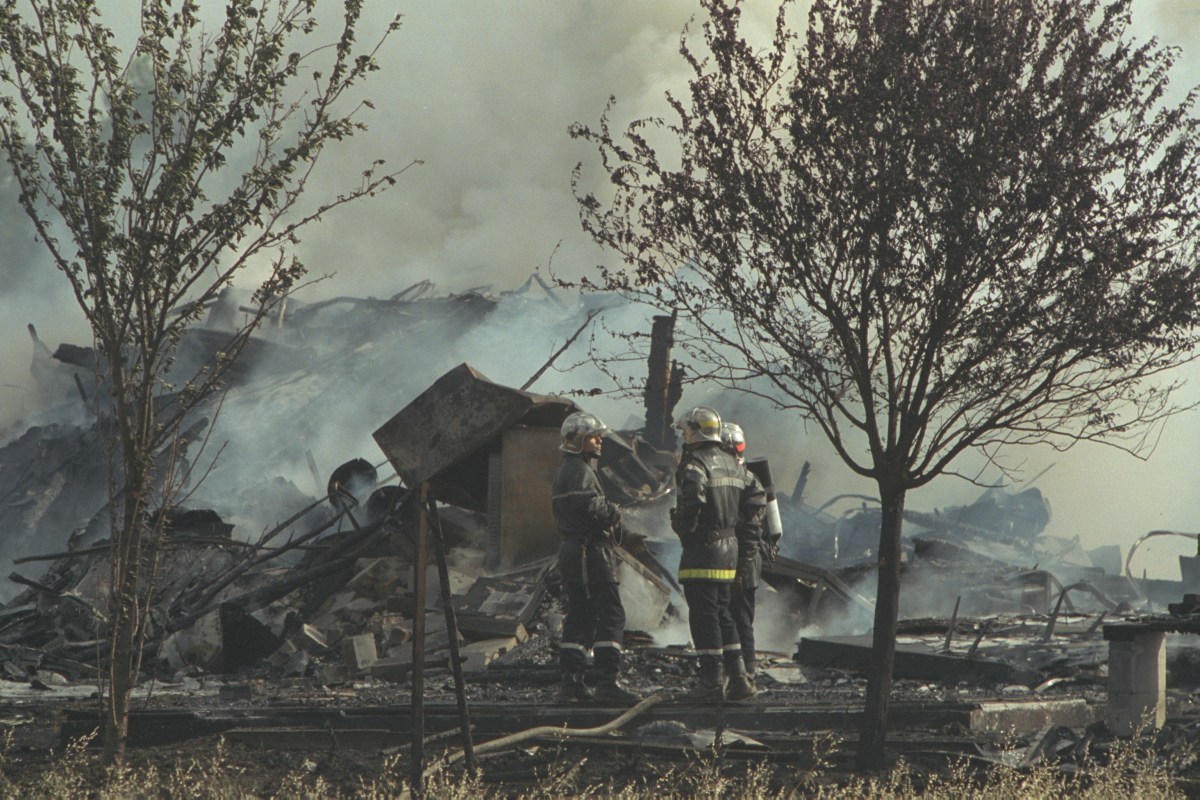After World War II ended, the atomic age was ushered in. The U.S. and the U.S.S.R. were racing to see who could build the sleekest, sexiest aircraft to ever grace the skies.
But few things could outshine the Concorde, according to Smithsonian Magazine. The needle-nosed, delta-winged, ivory-white passenger plane was developed jointly by France and England throughout the 1960s and made its commercial debut in 1976 following a series of high-profile flight tests. Eventually, 14 Concorde aircraft entered service with Air France and British Airways.
Journalist Samme Chittum looks into the abrupt and wholly unexpected “tailspin into ignominy” in his new book, Last Days of the Concorde. This tailspin was propelled by the horrific crash of Air France Flight 4590, when on July 25, 2000, the chartered Concorde jet, traveling to America, crashed and killed all 109 passengers and crew onboard and four people on the ground.
“When you understand how this plane caught fire, and how it burned to destruction,” says Chittum, according to Smithsonian, “it’s very compelling—and to me, surprising. It was beautiful and horrible at the same time.”
Thanks for reading InsideHook. Sign up for our daily newsletter and be in the know.


















